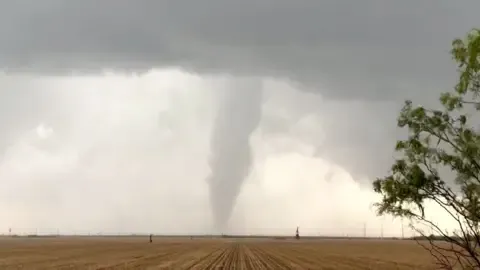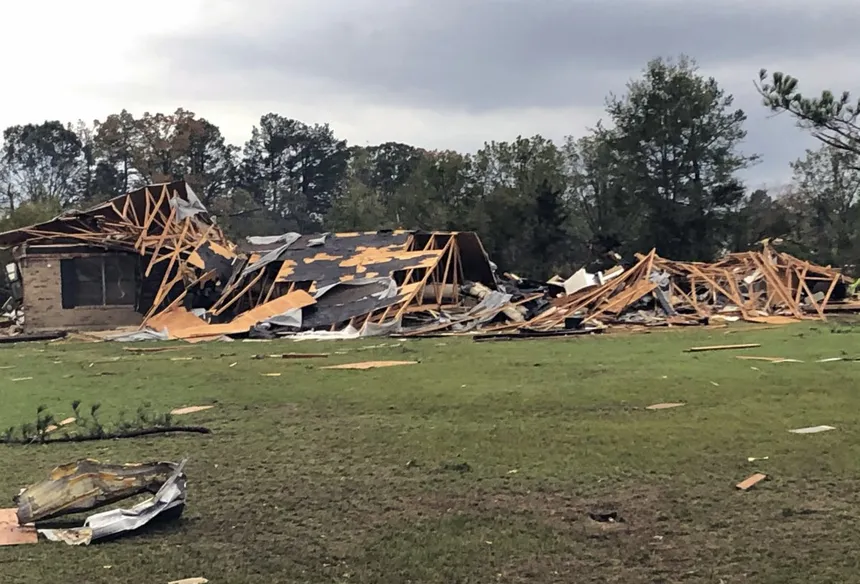A devastating weekend of extreme weather in the Midwest left a trail of destruction and devastation across Oklahoma, Nebraska, and other surrounding states. The storms brought at least four fatalities, including a four-month-old infant, and injured dozens more.
The hardest-hit town was Holdenville, located 80 miles southeast of Oklahoma City, where about 20 tornadoes struck late on Saturday, leveling buildings and ripping off roofs. The recovery efforts are ongoing, with rescue teams searching for survivors and bodies amidst the rubble.
According to Governor Kevin Stitt, a woman’s body was recovered from the debris near a bar in downtown Sulphur, making her the fourth known victim. The state of emergency has been declared for 12 Oklahoma counties, as emergency services respond to the extensive damage caused by the hail, high winds, and flooding.
Tornadoes are among the most violent and destructive phenomena of all atmospheric storms, according to the National Oceanic and Atmospheric Administration (NOAA). They are characterized by a narrow, violently rotating column of air that extends from a thunderstorm to the ground. Wind is invisible, making it hard to see a tornado unless water droplets, dust, and debris form a condensation funnel.
By Sunday afternoon, about 25,000 Oklahoma customers and almost 30,000 in Texas were without electricity, according to poweroutage.us. More than 100 tornadoes are reported to have struck since Friday, with the weekend flurry starting in Lincoln, Nebraska, where hundreds of homes and structures were destroyed and damaged by tornadoes.

The National Weather Service (NWS) issued a tornado warning for several counties in Texas on Sunday, and said there was an “enhanced risk of severe thunderstorms” through Sunday evening across parts of east Texas, north-west Louisiana, and south-west Arkansas. Flood and storm alerts also remain in effect for millions of people across parts of Oklahoma, Kansas, Missouri, Arkansas, and Texas.
Peak tornado season depends on the region, with the Gulf coast experiencing cooler spring months, the southern and central plains in May and June, and the northern plains and Midwest during early summer. However, tornadoes can occur at any time of the year, with most occurring between 4 and 9 pm.
The climate crisis may be affecting the location of tornadoes, with studies showing an increase in tornadoes in parts of Mississippi, Alabama, Arkansas, Missouri, Illinois, Indiana, Tennessee, and Kentucky, known as Dixie Alley, and a slight decline in the Great Plains, or Tornado Alley. Despite these changes, the frequency and severity of tornadoes remain unpredictable, and residents are advised to remain vigilant and prepared for extreme weather events.

